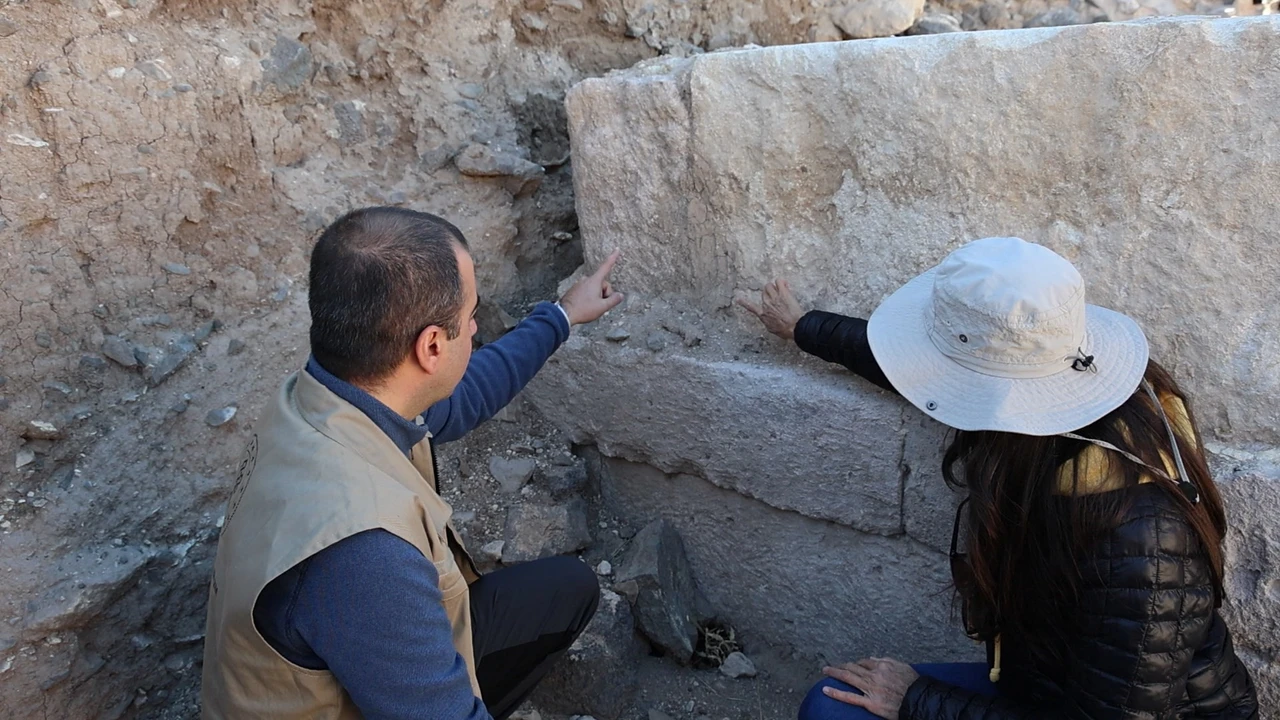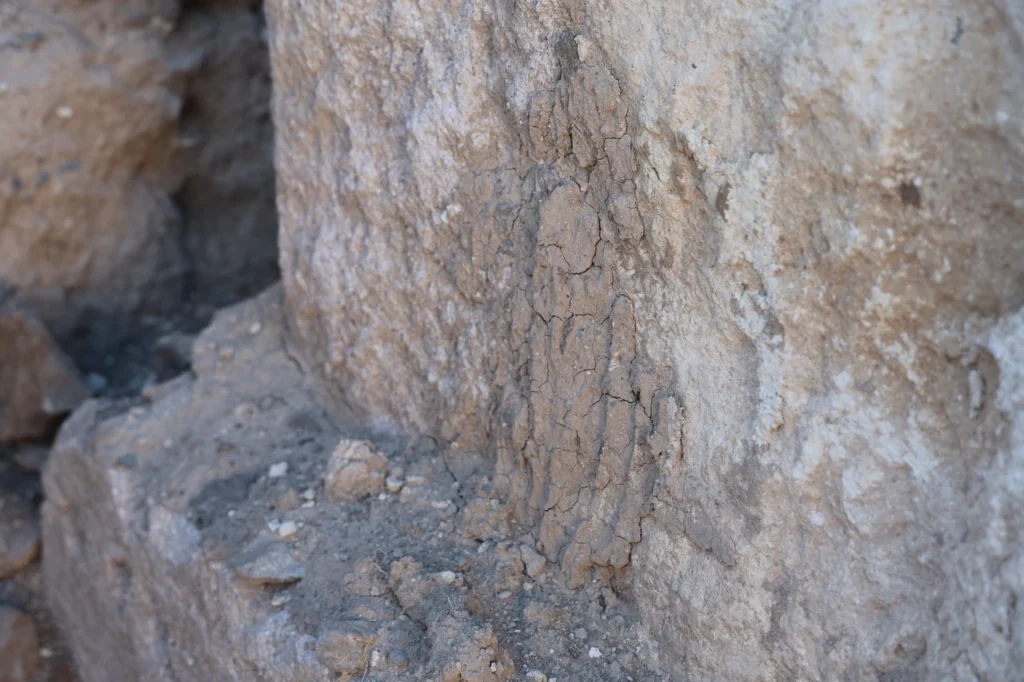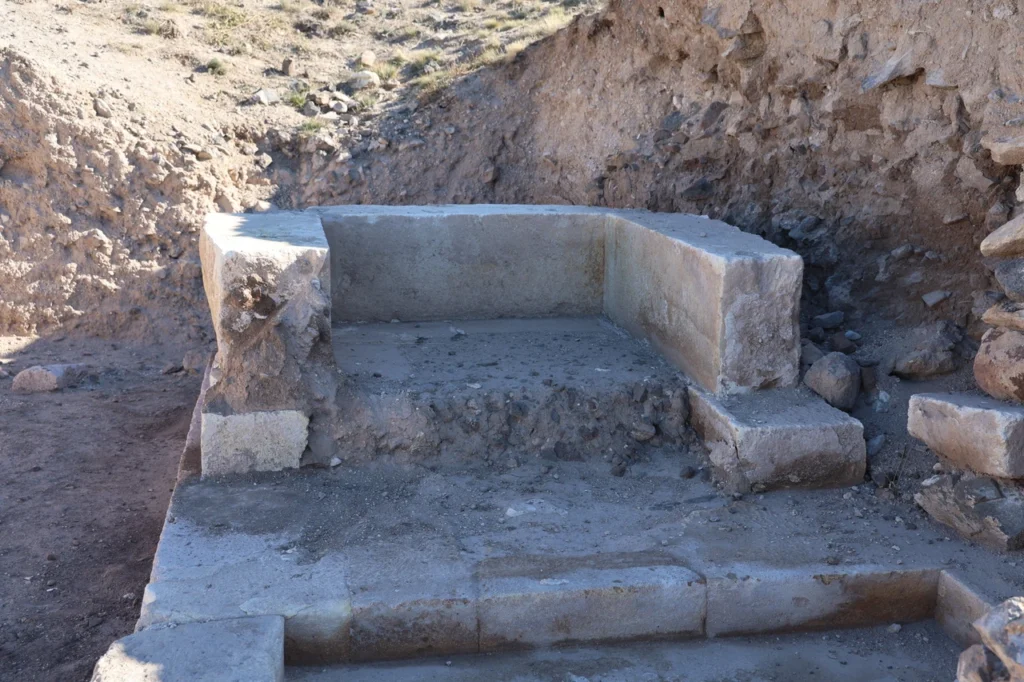
2,200-year-old fingerprints found in a burial chamber in Cappadocia
In Cappadocia, known as the land of beautiful horses, 2,200-year-old fingerprints were found during excavations in a burial chamber.
Cappadocia is a region in the Central Anatolia Region of Türkiye, world-renowned for its unique natural and historical beauty. It is famous for its fairy chimneys formed by the erosion of soft tuff layers formed by volcanic eruptions millions of years ago and shaped by wind and rain erosion.

The fingerprints dated to 200 BC were found at the excavation site known as Karayazı Höyük. The prints likely belonged to the master craftsman who constructed the burial chamber.
Karayazı Höyük is located on the campus of Nevşehir Hacı Bektaş Veli University.
Nevşehir Museum Director Gökhan Maskar underscored the significance of the find, stating, “This marks the first scientific excavation of a tumulus in Cappadocia. The tomb chamber we discovered has a square pyramidal design with plastered exterior walls, and we found the fingerprints of the craftsman who applied the plaster over 2,200 years ago.”

The tomb chamber is dated to the late Hellenistic to early Roman period, although it has sustained damage from antiquity. This excavation is noteworthy not only for the tomb’s age but also for its unusual characteristics: Maskar mentioned that the tomb seems to have been utilized on two separate occasions, a feature rarely seen in tumuli.
You may also like
- A 1700-year-old statue of Pan unearthed during the excavations at Polyeuktos in İstanbul
- The granary was found in the ancient city of Sebaste, founded by the first Roman emperor Augustus
- Donalar Kale Kapı Rock Tomb or Donalar Rock Tomb
- Theater emerges as works continue in ancient city of Perinthos
- Urartian King Argishti’s bronze shield revealed the name of an unknown country
- The religious center of Lycia, the ancient city of Letoon
- Who were the Luwians?
- A new study brings a fresh perspective on the Anatolian origin of the Indo-European languages
- Perhaps the oldest thermal treatment center in the world, which has been in continuous use for 2000 years -Basilica Therma Roman Bath or King’s Daughter-
- The largest synagogue of the ancient world, located in the ancient city of Sardis, is being restored











Leave a Reply